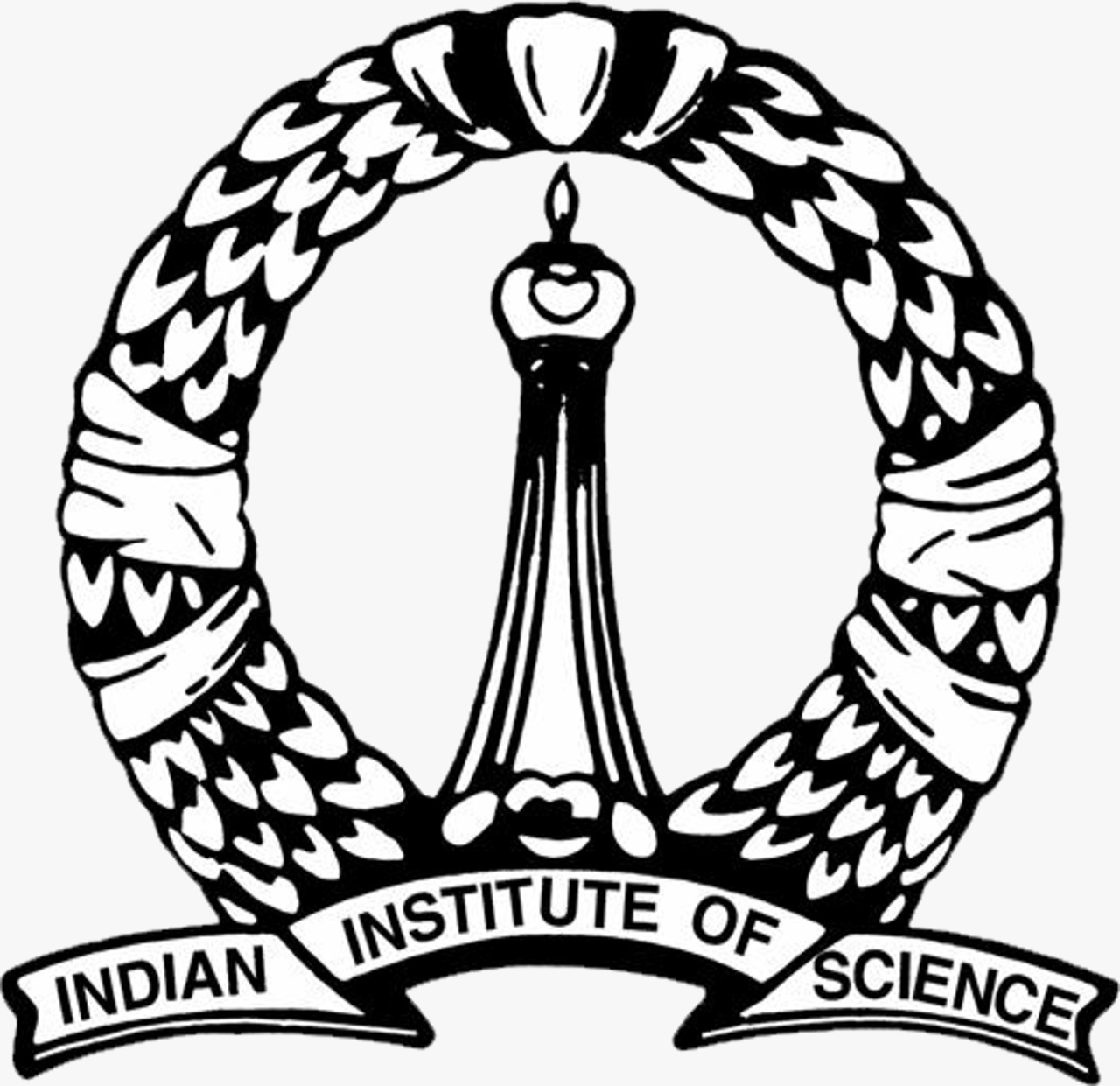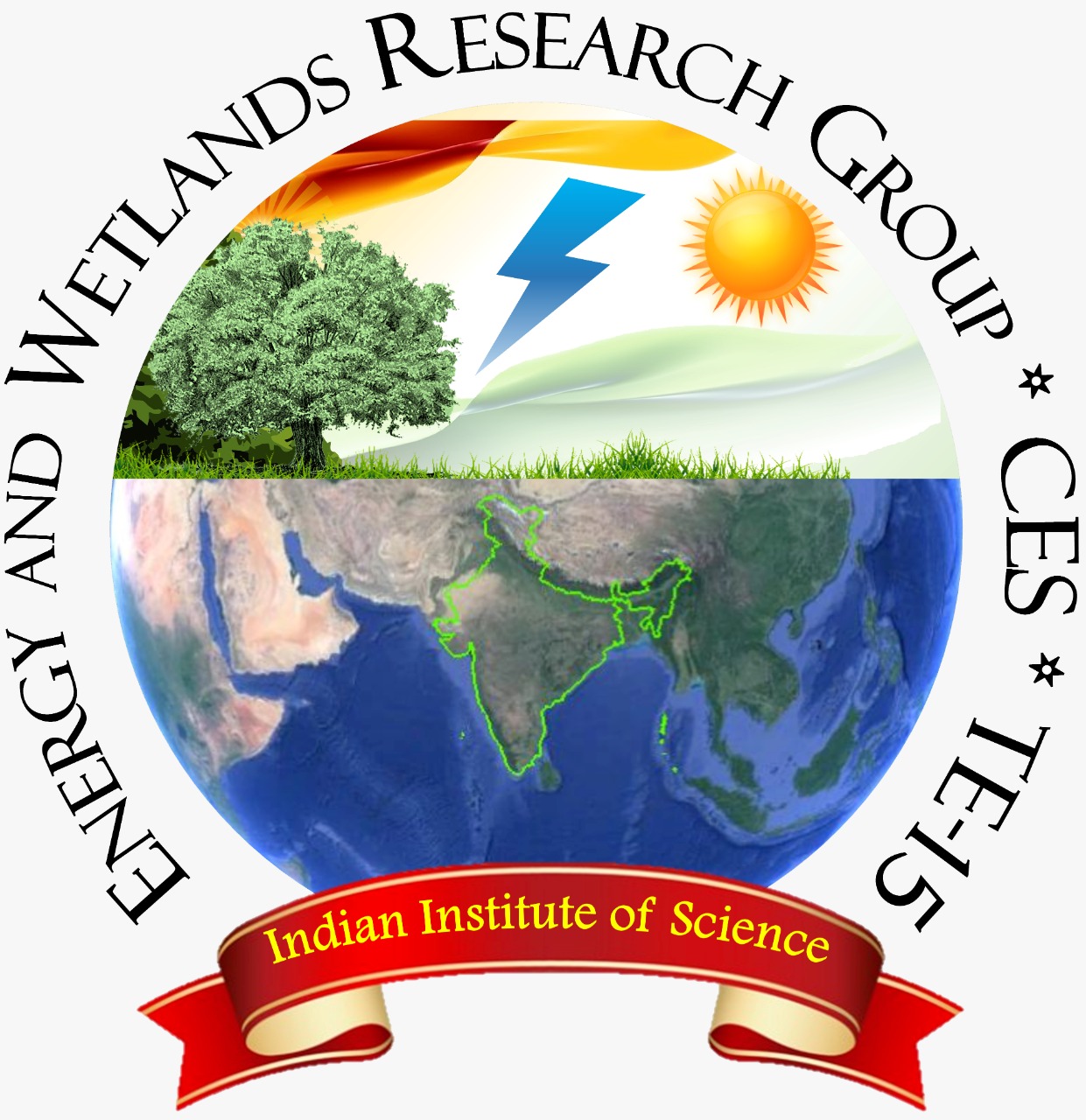|
Introduction
Wetlands play a vital role in providing food and fiber,
microclimate regulation, water purification, groundwater
recharge, flood protection, erosion prevention, biodiversity
conservation, recreation, etc. (Ramachandra et
al., 2020a; Li et al., 2020). Sustaining these
services entails maintaining the ecological integrity of
wetlands through regular monitoring of wetlands, which involves
assessing the physical, chemical, and biological characteristics
(Alves et al., 2018). The spatial and temporal
variations in the water quality of freshwater ecosystems are
associated with several natural factors and anthropogenic
factors (Varol, 2020; Shil et al., 2019). The land use
land cover [LULC] of a region influences water quality (Chen and
Lu, 2014; Xu et al., 2019). Anthropogenic activities
cause water quality deterioration and render the water unfit for
drinking, domestic purpose, irrigation, industrial and
recreational use. Unplanned rapid urbanization and the
consequent disposal of untreated or partially treated wastewater
have been deteriorating water resources (Ramachandra et
al., 2020b).
Phytoplankton (microalgae) are ubiquitous photosynthetic
organisms that occur in water bodies. Phytoplanktons as
producers play a key role in nutrient cycling and
transformations and the productivity of aquatic ecosystems.
Phytoplanktons consist of both eukaryotic (green algae, diatoms,
etc.) and prokaryotic forms (cyanobacteria). Algae
provide food (energy transfer) and dissolved oxygen for
consumers at higher trophic levels in an aquatic ecosystem.
Phytoplankton has a plethora of applications such as
pharmaceuticals, nutraceuticals, feed, and aid in
bioremediation. For the past few decades, microalgae have been
explored for biofuel production, electricity generation,
wastewater treatment, greenhouse gas mitigation, and
CO2 removal (Das et al., 2021; Qu et
al., 2019; Xu et al., 2015). The influence of
physico-chemical characteristics of water on the phytoplankton
density and diversity is demonstrated in numerous studies (Kozak
et al., 2020; Afonina and Tashlykova, 2018; Sharma et
al., 2016). The distribution and composition of
phytoplankton in lakes or wetlands are influenced by factors
such as temperature, light, nutrients, water level, and grazing
pressure. Land use and land cover (LULC) changesin the wetland
catchment altered the physical,chemical, and biological
parameters (Ramachandra et al., 2013).Water level
fluctuations and turbulence induce disturbances in the physical
environment and concentration of nutrients (Adamczuk et
al., 2020), altering phytoplankton communities
structure (Ji et al., 2017; Yang et al., 2016;
Zhao et al., 2020). The sustained inflow of untreated
wastewater to waterbodies enhances the nutrient concentration in
water leading
to eutrophication, which increases the phytoplankton biomass, and
it reduces the nutritional value, affecting higher trophic level
organisms (Taipale et al., 2019).Multivariate analyses
using canonical correspondence analysis (CCA)have established
the relationships between phytoplankton taxa and environmental
variables (Fetahi et al., 2014; Abd El-Karim, 2014,
Tian et al., 2012).
Phytoplankton serves as a valuable bioindicator of water quality
changes as they have a short lifespan and respond quickly to
environmental changes and pollutants (El-Kassas and Gharib,
2016; Kireta et al., 2012; Lavoie et al., 2012).
The species number and cell density of phytoplankton serve as
bioindicators of water quality. Monitoring these bioindicators
and the physical and chemical factors help in overall water
quality assessment (Jiang et al., 2014).Objectives of
this study are to
(i) assess the water quality of lakes in Vrishabhavathi valley in
Greater Bangalore, Karnataka;(ii) record the phytoplankton
composition of lakes; (iii) evaluate the role of environmental
variables in phytoplankton community structure using
multivariate statistical analysis (canonical correspondence
analysis, CCA) and (iv) biomonitoring of lakes by determining
the Palmer algal genera pollution index.
|

